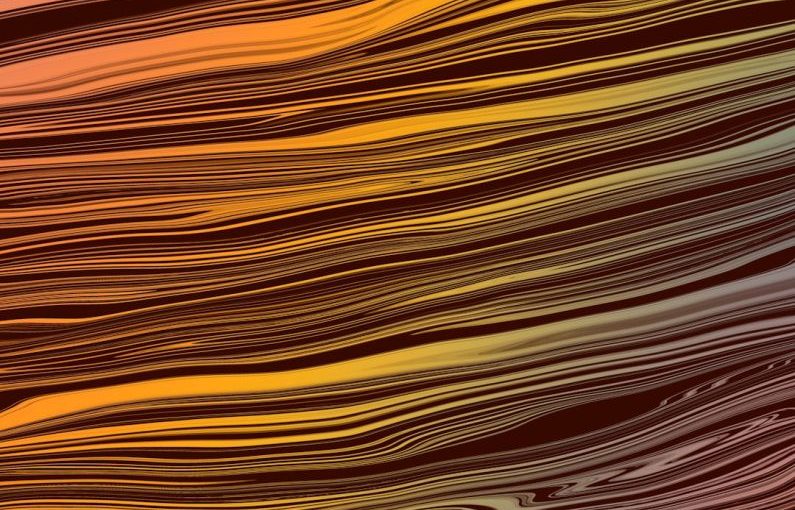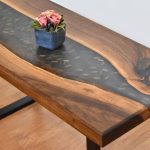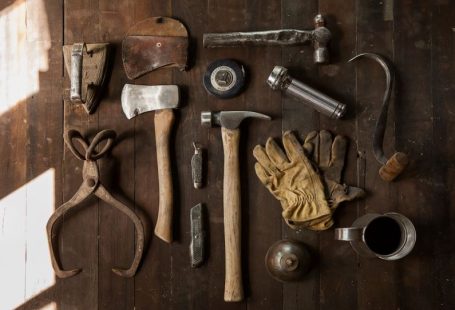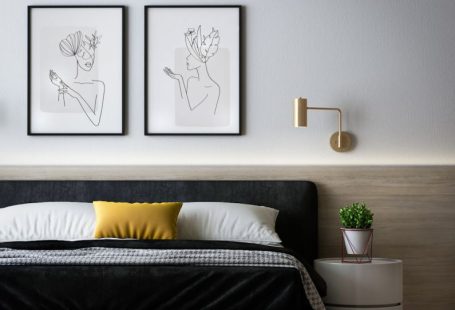Stippling is a technique that involves creating patterns or images by dotting a surface with a series of small, distinct dots. While commonly used in drawing and painting, stippling can also be a unique and creative way to add depth and texture to wood surfaces. By carefully applying stippling to wood, you can achieve intricate designs that enhance the natural beauty of the material. In this article, we will explore how to effectively use stippling to create visually appealing effects on wood.
Understanding Stippling on Wood
Stippling on wood involves using a fine-tip tool, such as a woodburning pen or a small brush, to apply tiny dots to the surface. The density and arrangement of the dots determine the overall look and feel of the design. By varying the pressure and spacing of the dots, you can create shading, highlights, and intricate patterns that give the wood a three-dimensional appearance.
Choosing the Right Wood
Not all types of wood are suitable for stippling. Hardwoods like oak, cherry, and walnut are ideal choices as they have a dense grain structure that can hold the stippled dots effectively. Softer woods like pine may not provide the same level of detail and definition. Before starting your stippling project, consider the type of wood you are working with to ensure the best results.
Preparing the Wood Surface
Before you begin stippling, it is essential to prepare the wood surface properly. Sand the wood to a smooth finish to ensure that the stippled dots appear crisp and clean. Remove any dust or debris from the surface to prevent interference with the stippling process. Additionally, consider applying a wood sealer or primer to create a smooth base for the stippling work and to protect the wood from damage.
Practicing Stippling Techniques
Stippling on wood requires a steady hand and patience to achieve the desired results. Practice your stippling technique on a scrap piece of wood before working on your final project to familiarize yourself with the tools and methods. Experiment with different pressures, dot sizes, and spacing to understand how they affect the appearance of the stippled design. By honing your skills through practice, you can create more intricate and visually striking stippled patterns on wood.
Creating Depth with Stippling
One of the key benefits of stippling on wood is its ability to create depth and dimension in your designs. By varying the density of the dots and their placement, you can simulate shadows, highlights, and textures that give the illusion of depth on a flat surface. Consider using lighter and darker shades of stain or paint in combination with stippling to enhance the three-dimensional effect and make your design pop.
Adding Texture with Stippling
In addition to depth, stippling can also be used to add texture to wood surfaces. By layering dots of varying sizes and densities, you can create tactile elements that invite touch and exploration. Experiment with different stippling tools and techniques to achieve a range of textures, from smooth and polished to rough and rugged. Adding texture through stippling can transform a plain wood surface into a dynamic and visually engaging piece of art.





